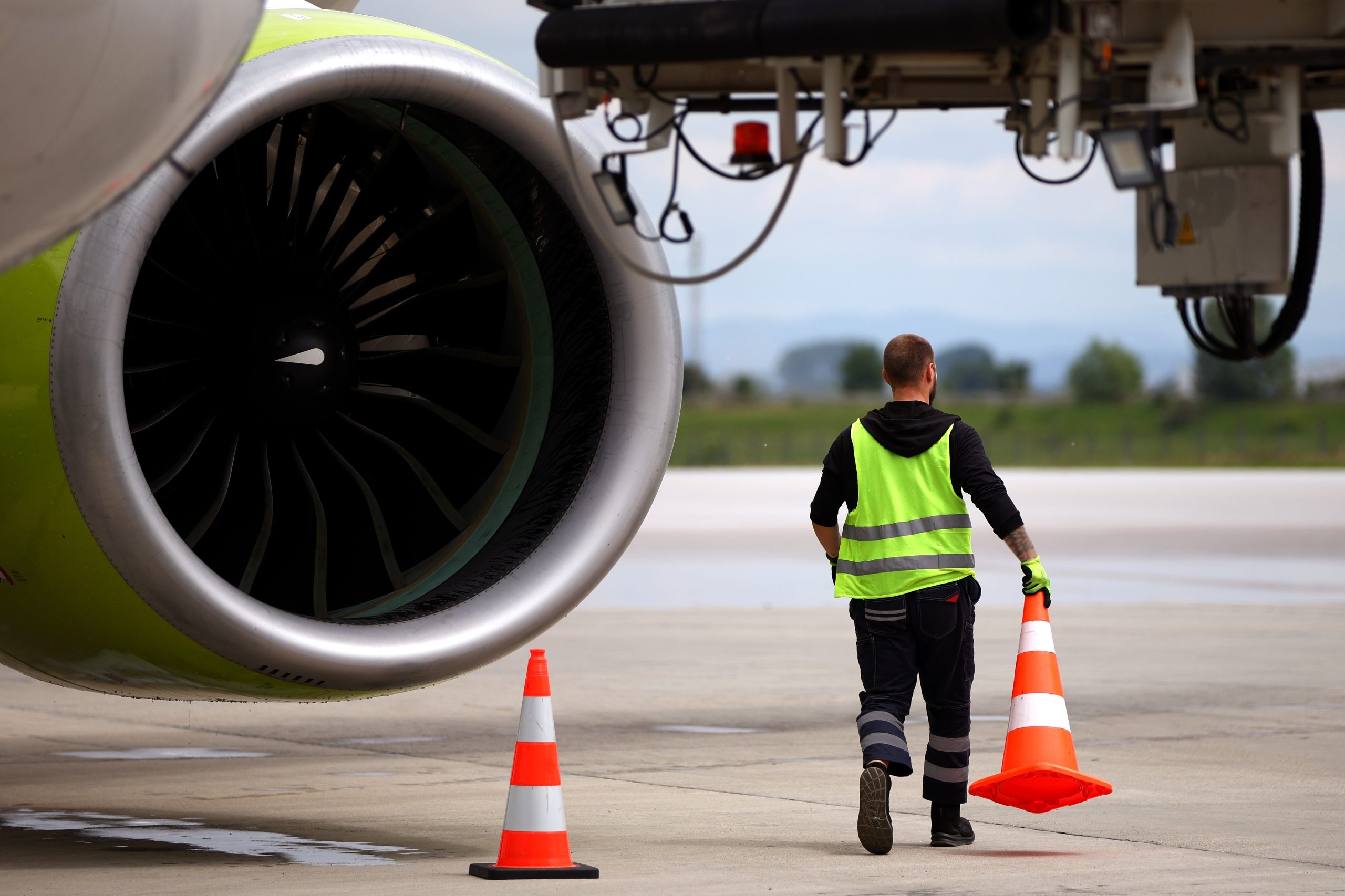In the years following the pandemic, airport training shifted heavily to virtual learning — efficient, scalable, and often necessary. But now, a new trend is clear: across the aviation industry, there’s a resurgence of face-to-face training for airport professionals. This return to in-person learning is essential for developing the skills, empathy, and operational awareness that airports require.
In this article, Veronique Lescaut from ACI World Global Training, will explain why in-person airport training matters in 2025, and how it complements online learning to strengthen the aviation workforce.
Online learning in aviation has its place — but clear limits
Virtual classrooms remain powerful for theoretical knowledge such as regulatory updates, Standard Operating Procedure (SOP) refreshers, safety standards, and language training. They’re flexible, cost-effective, and scalable — a valuable tool in modern airport training.
However, airport operations are dynamic, fast-paced, and human-driven. From passenger services to airside operations, there’s only so much airport staff can truly absorb through a screen. Some aspects of aviation training simply have to be experienced firsthand to be fully understood.

Seeing is believing: why physical presence improves airport training
Consider customer service training. Online, staff might learn techniques for greeting passengers, de-escalating conflict, or handling cultural differences. But inside a real departure hall, the theory becomes lived experience:
- Feeling the emotions of passengers saying goodbye.
- Observing stress during delays or missed connections.
- Witnessing ripple effects of a security bottleneck.
These insights are only possible through in-person, real-world airport training. That context matters. It shapes empathy. It shapes judgment. And ultimately, it shapes service.
Accessibility and passenger experience training
Airports must excel in accessibility and inclusivity. While online modules cover disability rights and facilitation standards, true empathy comes from experiencing the environment firsthand:
- Navigating the terminal in a wheelchair.
- Observing staff guiding a visually impaired passenger.
- Feeling the distance between gates and services.
Face-to-face training ensures airport professionals understand both compliance and compassion, strengthening human-centered airport design.

Operational training: the airport as the classroom
For operational roles — from airside inspections to baggage handling and terminal management — nothing replaces learning on-site:
- Airside inspections: spotting Foreign Object Debris (FOD) on the runway, hearing jet blast.
- Crisis simulations: radios crackling, alarms sounding, time pressure mounting.
- Gate management: uncovering hidden complexities in real time.
Practical airport training transforms theory into actionable skill. For example, we had a course in Cranfield University last July where students were able to see for themselves all the facilities that speak to the course. Also airports have included mental health modules in face-to-face airport training. This helps staff develop resilience and effective stress management skills through hands-on scenarios and real-time support.
“The only source of knowledge is experience.” — Albert Einstein
Industry data: the return of in person training
Recent studies confirm the trend back to face-to-face learning:
- In executive education, in-person training grew from 14% to 62% in two years (Unicon, 2024).
- 58% of learners now prefer in-person learning to online alternatives (VdoCipher, 2024).
- Corporate training budgets are increasingly invested in blended and experiential learning.
- Our annual survey also shows this trend, where 77% of the survey respondents mentioned they would rather have an in-classroom course, this number going to 70% for hybrid courses and 67% for online self-paced courses.
For airports, where empathy, safety, and real-time decision-making matter, in-person training gives a competitive edge.

The future of airport training: blended, but grounded in reality
This isn’t a call to abandon digital learning. Instead, the future lies in blended training: combining online efficiency with the power of experiential, on-site learning.
Airport training programs must:
- Use e-learning for theory (cost-effective, scalable).
- Deliver face-to-face workshops for practice.
- Create hybrid models that prepare staff for real-world complexity.
By training in terminals and on the tarmac, professionals learn not just about the airport — but from it.
Conclusion: investing in the aviation workforce
As airports worldwide modernize under new strategic plans, professional training must evolve too. Online tools are valuable, but airport operations training is most effective when rooted in real environments.
If you’re designing training programs for airport professionals, ensure face-to-face training remains central to your strategy. It’s how we build resilient, empathetic, and skilled aviation workforces for the future.





comments